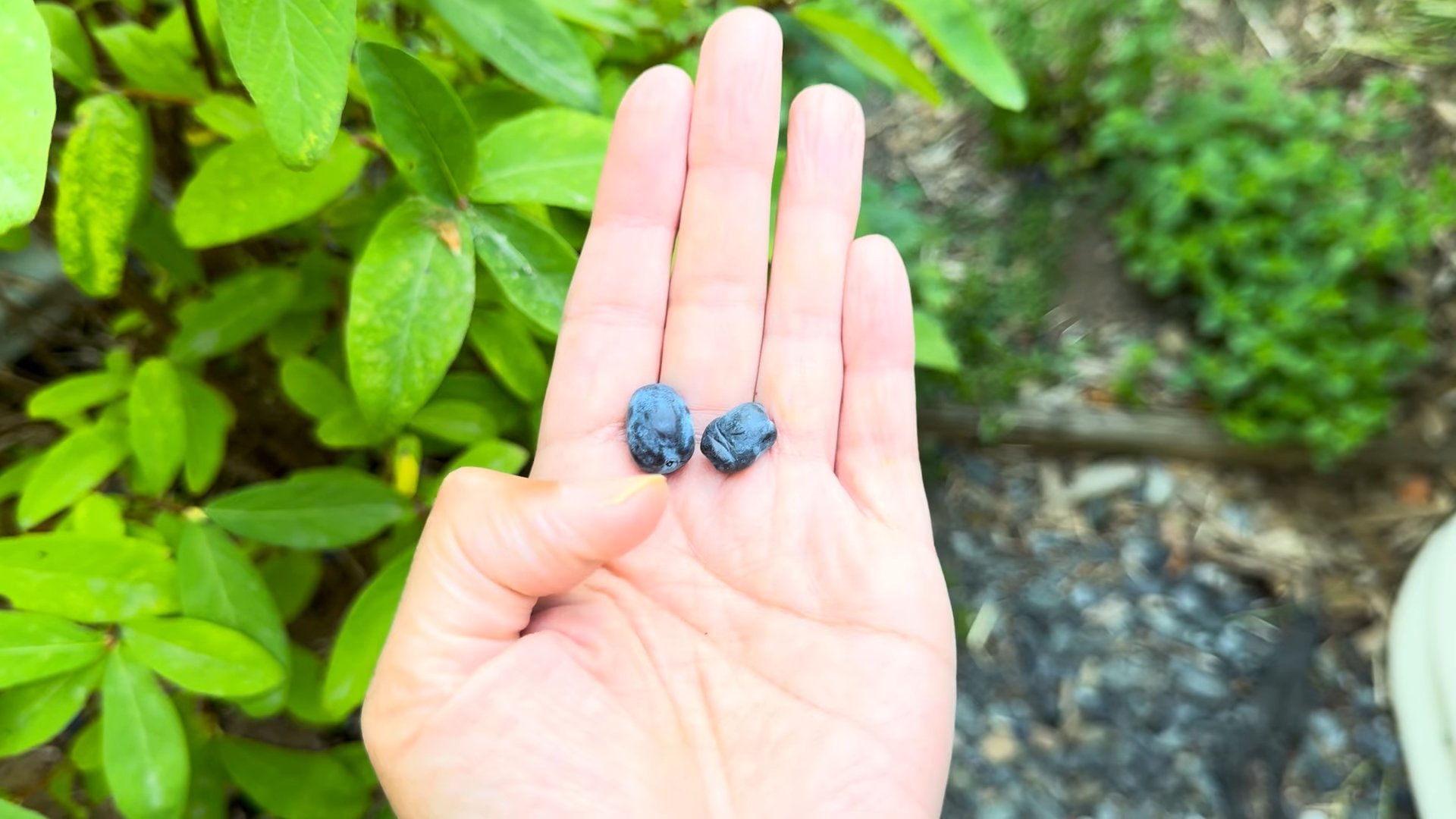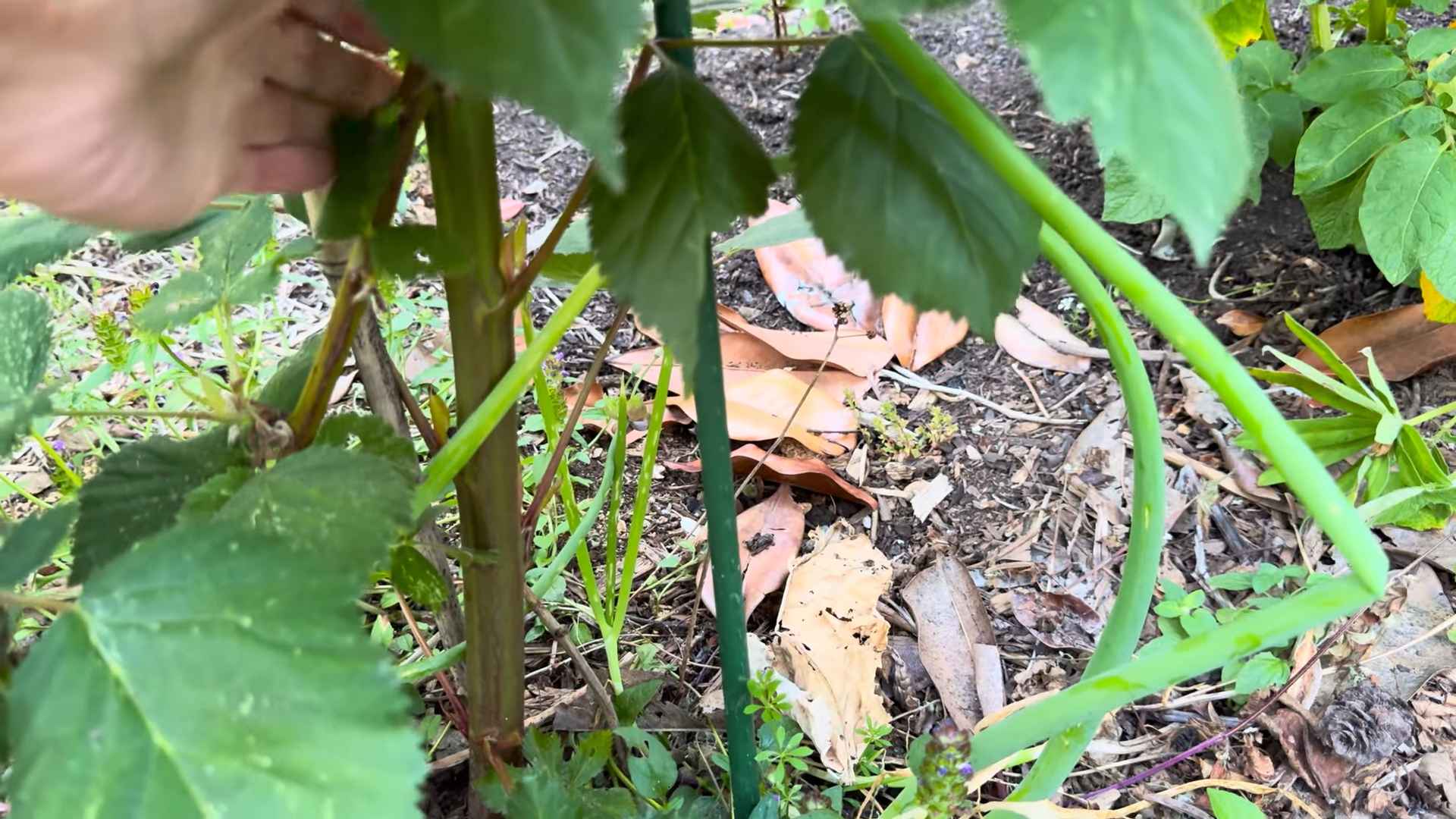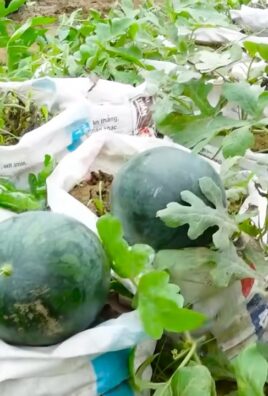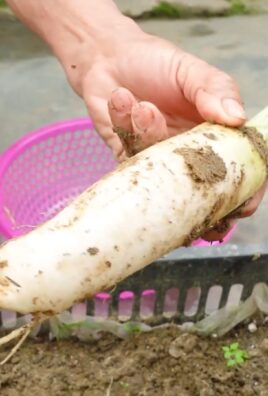Honeyberry Harvest Tips: Unlock the secrets to a bountiful berry bonanza right in your own backyard! Have you ever dreamt of plucking sweet, juicy honeyberries straight from the bush, knowing you nurtured them from tiny plants to thriving producers? I know I have! But let’s be honest, sometimes the reality of home gardening doesn’t quite match the dream, especially when it comes to knowing exactly when and how to harvest your precious crop.
Honeyberries, also known as Haskap berries, have a fascinating history, originating in the colder climates of Russia and Japan. For centuries, these hardy berries have been a vital food source, prized for their unique flavor and impressive nutritional benefits. Now, they’re gaining popularity worldwide, and for good reason! They’re relatively easy to grow, incredibly delicious, and packed with antioxidants.
But here’s the catch: knowing when to harvest your honeyberries can be tricky. Pick them too early, and they’ll be tart and disappointing. Wait too long, and they might become overripe and attract unwanted pests. That’s where these honeyberry harvest tips come in! I’m going to share my tried-and-true methods for ensuring you get the sweetest, most flavorful berries possible. This DIY guide will walk you through everything you need to know, from visual cues to the gentle “shake test,” so you can confidently harvest your honeyberries at their peak of perfection. Get ready to enjoy the fruits (or rather, berries!) of your labor!

Honeyberry Harvest: From Bush to Berry Bliss (DIY Guide)
Okay, honeyberry enthusiasts! So, you’ve nurtured your honeyberry bushes, watched them bloom, and now you’re staring at those beautiful, elongated berries, wondering, “When do I pick these things?!” Don’t worry, I’ve been there. Harvesting honeyberries can be a little tricky, but with this guide, you’ll be enjoying a bountiful harvest in no time. Let’s dive in!
Understanding Honeyberry Ripening
Before we even think about picking, it’s crucial to understand how honeyberries ripen. Unlike some berries that turn a vibrant color and are ready to go, honeyberries can be deceptive. They often turn blue well before they’re actually ripe. This is where the “squeeze test” comes in handy.
* Color Isn’t Everything: Don’t rely solely on the blue color. Some varieties are darker than others, and the color can be affected by sunlight exposure.
* The Squeeze Test: Gently squeeze a few berries. Ripe honeyberries will be soft and yield slightly to pressure. If they’re firm, they need more time.
* Taste Test (The Best Test!): The ultimate test is to taste a few! Ripe honeyberries will be sweet and tangy, with a flavor that’s often described as a mix of blueberry, raspberry, and black currant. Underripe berries will be tart and potentially bitter.
* Look for Wrinkling: As honeyberries ripen, they may develop slight wrinkles on their skin. This is a good sign that they’re ready to be picked.
* Bird Activity: Keep an eye on the birds! If you notice birds starting to feast on your honeyberries, it’s a pretty good indication that they’re ripening.
Harvesting Techniques: Gentle is Key
Honeyberries are delicate, so gentle handling is essential to avoid bruising or damaging them. Here’s my tried-and-true method:
* Timing is Important: Harvest on a dry day, preferably in the morning after the dew has dried. Wet berries are more prone to bruising and mold.
* Use a Gentle Touch: Gently cup your hand under a cluster of berries and lightly tug. Ripe berries should detach easily. If you have to pull hard, they’re probably not ready yet.
* Avoid Overfilling Your Container: Don’t pile the berries too high in your container, as this can crush the ones at the bottom. I like to use shallow containers or even a wide-mouthed bowl.
* Harvest in Stages: Honeyberries don’t all ripen at the same time. Check your bushes every few days and harvest only the ripe berries. This will ensure that you get the best flavor and quality.
* Consider a Berry Picker: If you have a large number of bushes, a berry picker can speed up the process. Just be sure to choose one with soft tines to avoid damaging the berries.
Step-by-Step Harvesting Guide
Now, let’s get down to the nitty-gritty. Here’s a detailed, step-by-step guide to harvesting your honeyberries:
1. Gather Your Supplies: You’ll need:
* A shallow container or bowl
* Gloves (optional, but they can help keep your hands clean)
* A stool or ladder (if your bushes are tall)
* A berry picker (optional)
2. Inspect Your Bushes: Take a walk around your honeyberry bushes and assess the ripeness of the berries. Look for the signs we discussed earlier: blue color, soft texture, slight wrinkling, and bird activity.
3. Start with the Ripest Berries: Focus on harvesting the berries that are the most ripe first. This will encourage the remaining berries to ripen more quickly.
4. Gently Cup and Tug: Cup your hand under a cluster of berries and gently tug. If the berries detach easily, they’re ready to be picked. If not, leave them for a few more days.
5. Avoid Bruising: Handle the berries with care to avoid bruising. Don’t squeeze them too hard or drop them into your container from a height.
6. Fill Your Container Gradually: Don’t overfill your container. Add berries in layers, being careful not to crush the ones at the bottom.
7. Repeat the Process: Continue harvesting until you’ve picked all the ripe berries from your bushes.
8. Store Your Harvest: Once you’ve finished harvesting, it’s important to store your honeyberries properly to maintain their freshness. I’ll cover storage in more detail later.
9. Clean Up: Remove any fallen berries from around your bushes to prevent pests and diseases.
Dealing with Common Harvesting Challenges
Harvesting isn’t always smooth sailing. Here are some common challenges you might encounter and how to overcome them:
* Birds: Birds love honeyberries! To protect your crop, you can use netting to cover your bushes. You can also try using bird deterrents, such as shiny streamers or scarecrows.
* Uneven Ripening: Honeyberries often ripen unevenly, which means you’ll need to harvest in stages. Be patient and check your bushes every few days.
* Small Berries: Some honeyberry varieties produce smaller berries than others. Don’t be discouraged if your berries are on the small side. They’ll still taste delicious!
* Berries Falling Off: If your berries are falling off the bush before they’re ripe, it could be a sign of stress, such as lack of water or nutrients. Make sure your bushes are properly watered and fertilized.
* Pests: While honeyberries are relatively pest-resistant, they can be susceptible to certain pests, such as aphids and spider mites. Inspect your bushes regularly and take action if you notice any signs of infestation.
Post-Harvest Care: Extending Freshness
Okay, you’ve got your beautiful honeyberries harvested. Now what? Proper post-harvest care is crucial to maintaining their freshness and flavor.
* Cooling Down: The first thing you want to do is cool the berries down as quickly as possible. This helps to slow down the ripening process and prevent spoilage.
* Gentle Washing (Optional): If the berries are dirty, you can gently wash them in cool water. Be sure to dry them thoroughly before storing them. I usually skip this step unless they are visibly dirty.
* Sorting: Sort through your harvest and remove any damaged or overripe berries. These berries will spoil quickly and can contaminate the rest of your harvest.
* Storage Options: You have several options for storing your honeyberries:
* Refrigeration: Store your honeyberries in the refrigerator in a shallow container lined with paper towels. This will help to absorb any excess moisture and prevent them from becoming soggy. They should last for up to a week in the refrigerator.
* Freezing: Freezing is a great way to preserve honeyberries for longer-term storage. Spread the berries out on a baking sheet and freeze them for a few hours. Once they’re frozen solid, transfer them to a freezer bag or container. They can be stored in the freezer for up to a year.
* Drying: Drying is another option for preserving honeyberries. You can use a dehydrator or an oven set to a low temperature. Dried honeyberries are a delicious and healthy snack.
* Jam or Jelly: Honeyberries make delicious jam or jelly. This is a great way to use up a large harvest and enjoy the flavor of honeyberries year-round.
* Use Them Quickly: Even with proper storage, honeyberries are best enjoyed as soon as possible. The sooner you eat them, the better they’ll taste!
Honeyberry Uses: Beyond Snacking
So, you’ve got a fridge full of honeyberries. What can you do with them besides just popping them in your mouth (which, let’s be honest, is a perfectly acceptable option)? Here are some of my favorite ways to use honeyberries:
* Fresh Eating: Of course, eating them fresh is the simplest and most delicious way to enjoy honeyberries. They’re great on their own or as a topping for yogurt, cereal, or oatmeal.
* Baking: Honeyberries can be used in a variety of baked goods, such as muffins, scones, pies, and cakes. They add a unique flavor and a beautiful color to your baked creations.
* Smoothies: Add honeyberries to your smoothies for a boost of antioxidants and a delicious flavor. They pair well with other berries, bananas, and yogurt.
* Jams and Jellies: As I mentioned earlier, honeyberries make fantastic jam and jelly. They have a naturally high pectin content, which means you may not need to add any extra pectin to your recipe.
* Sauces: Honeyberries can be used to make delicious sauces for meat, poultry, or fish. They add a sweet and

Conclusion
So, there you have it! Mastering these honeyberry harvest tips isn’t just about gathering berries; it’s about unlocking the full potential of your honeyberry patch and enjoying the fruits (literally!) of your labor. We’ve covered everything from recognizing the signs of ripeness to employing the most efficient harvesting methods, ensuring you maximize your yield and minimize berry damage.
Why is this a must-try? Because neglecting proper harvesting techniques can lead to a significant loss of your precious honeyberry crop. Imagine putting in all that effort to cultivate these delicious and nutritious berries, only to lose a large portion to premature picking, bird damage, or simply letting them fall to the ground and rot. These honeyberry harvest tips are your insurance policy against such a disheartening outcome.
But the beauty of honeyberry harvesting lies in its adaptability. Feel free to experiment with different methods to find what works best for you and your specific honeyberry varieties. For example, if you have a smaller patch, hand-picking might be the most enjoyable and precise approach. If you’re dealing with a larger planting, consider investing in a berry harvesting tool to speed up the process.
Variations and Suggestions:
* Early Bird Gets the Berry: Start your harvest early in the morning when the berries are cool and firm. This will help prevent bruising and ensure they last longer after picking.
* The Gentle Touch: When hand-picking, gently twist the berry from the stem rather than pulling. This minimizes damage to the plant and prevents unripe berries from being dislodged.
* Netting is Your Friend: If birds are a major problem, consider netting your honeyberry bushes before the berries ripen. This will protect your crop and ensure you get to enjoy the fruits of your labor.
* Taste Test is Key: Remember, the best way to determine ripeness is to taste the berries. Don’t be afraid to sample a few to ensure they’re at their peak flavor.
* Post-Harvest Care: After harvesting, store your honeyberries in the refrigerator in a single layer to prevent crushing. They’ll keep for several days, allowing you to enjoy them fresh or use them in your favorite recipes.
We wholeheartedly encourage you to put these honeyberry harvest tips into practice this season. Don’t be afraid to experiment, adapt, and find what works best for you. And most importantly, don’t forget to share your experiences with us! We’d love to hear your success stories, challenges, and any additional tips you’ve discovered along the way. Share your photos and stories on our social media channels using #HoneyberryHarvest or leave a comment below. Let’s build a community of honeyberry enthusiasts and learn from each other! Happy harvesting!
Frequently Asked Questions (FAQ)
What is the best time of day to harvest honeyberries?
The ideal time to harvest honeyberries is early in the morning, after the dew has dried but before the heat of the day sets in. The cooler temperatures help to keep the berries firm and prevent bruising during the picking process. Harvesting in the heat can make the berries softer and more susceptible to damage, reducing their shelf life.
How do I know when honeyberries are ripe and ready to pick?
Determining ripeness is crucial for a successful honeyberry harvest. Look for berries that have a deep, uniform blue color. They should also be slightly soft to the touch, but not mushy. The best way to confirm ripeness is to taste a few berries. Ripe honeyberries will have a sweet-tart flavor with a hint of tanginess. If they taste sour or bitter, they are not yet ready to be harvested. Remember that different varieties may ripen at slightly different times, so it’s important to monitor your bushes regularly.
What is the best way to store honeyberries after harvesting?
Proper storage is essential to maintain the quality and freshness of your harvested honeyberries. After picking, gently rinse the berries with cool water and pat them dry. Store them in a single layer in a shallow container lined with paper towels. This will help to absorb any excess moisture and prevent the berries from becoming soggy. Keep the container in the refrigerator, where the honeyberries should stay fresh for several days. Avoid storing them in airtight containers, as this can trap moisture and promote spoilage.
Can I freeze honeyberries for later use?
Yes, freezing is an excellent way to preserve honeyberries for longer periods. To freeze them, spread the berries in a single layer on a baking sheet lined with parchment paper. Place the baking sheet in the freezer for a few hours, or until the berries are frozen solid. This pre-freezing step prevents the berries from clumping together in a large mass. Once frozen, transfer the berries to a freezer-safe bag or container. Properly frozen honeyberries can last for up to a year without significant loss of flavor or quality.
How can I protect my honeyberry bushes from birds?
Birds are often attracted to ripe honeyberries, and they can quickly decimate your crop if left unprotected. The most effective way to protect your bushes is to cover them with bird netting. Choose a netting with small mesh size to prevent birds from getting through. Drape the netting over the bushes, ensuring that it is securely fastened to the ground or to the branches to prevent birds from getting underneath. You can also use bird deterrents such as reflective tape or scarecrows, but these may be less effective than netting.
What tools do I need for harvesting honeyberries?
While hand-picking is a common method, certain tools can make the honeyberry harvest more efficient, especially for larger plantings. A berry harvesting tool, such as a berry picker or a fruit picker, can help you reach berries that are higher up on the bushes. These tools typically have a comb-like structure that allows you to gently remove the berries from the stems. You’ll also need containers to collect the harvested berries. Shallow containers are preferable to prevent crushing. Finally, a pair of gardening gloves can protect your hands from thorns and scratches.
Are there any specific honeyberry varieties that are easier to harvest than others?
Some honeyberry varieties are known for having berries that detach more easily from the stems, making them easier to harvest. Varieties like ‘Honeybee’ and ‘Aurora’ are often cited as being relatively easy to pick. However, ease of harvesting can also depend on factors such as the age of the plant, the growing conditions, and the ripeness of the berries. It’s always a good idea to research the specific characteristics of the varieties you are growing to understand their harvesting requirements.
What should I do if my honeyberries are falling off the bush before they are ripe?
Premature berry drop can be caused by several factors, including insufficient watering, nutrient deficiencies, or pest infestations. Ensure that your honeyberry bushes are receiving adequate water, especially during dry periods. Conduct a soil test to determine if there are any nutrient deficiencies and amend the soil accordingly. Inspect your bushes regularly for signs of pests or diseases and take appropriate action if necessary. If the problem persists, consult with a local gardening expert or agricultural extension agent for further assistance.




Leave a Comment